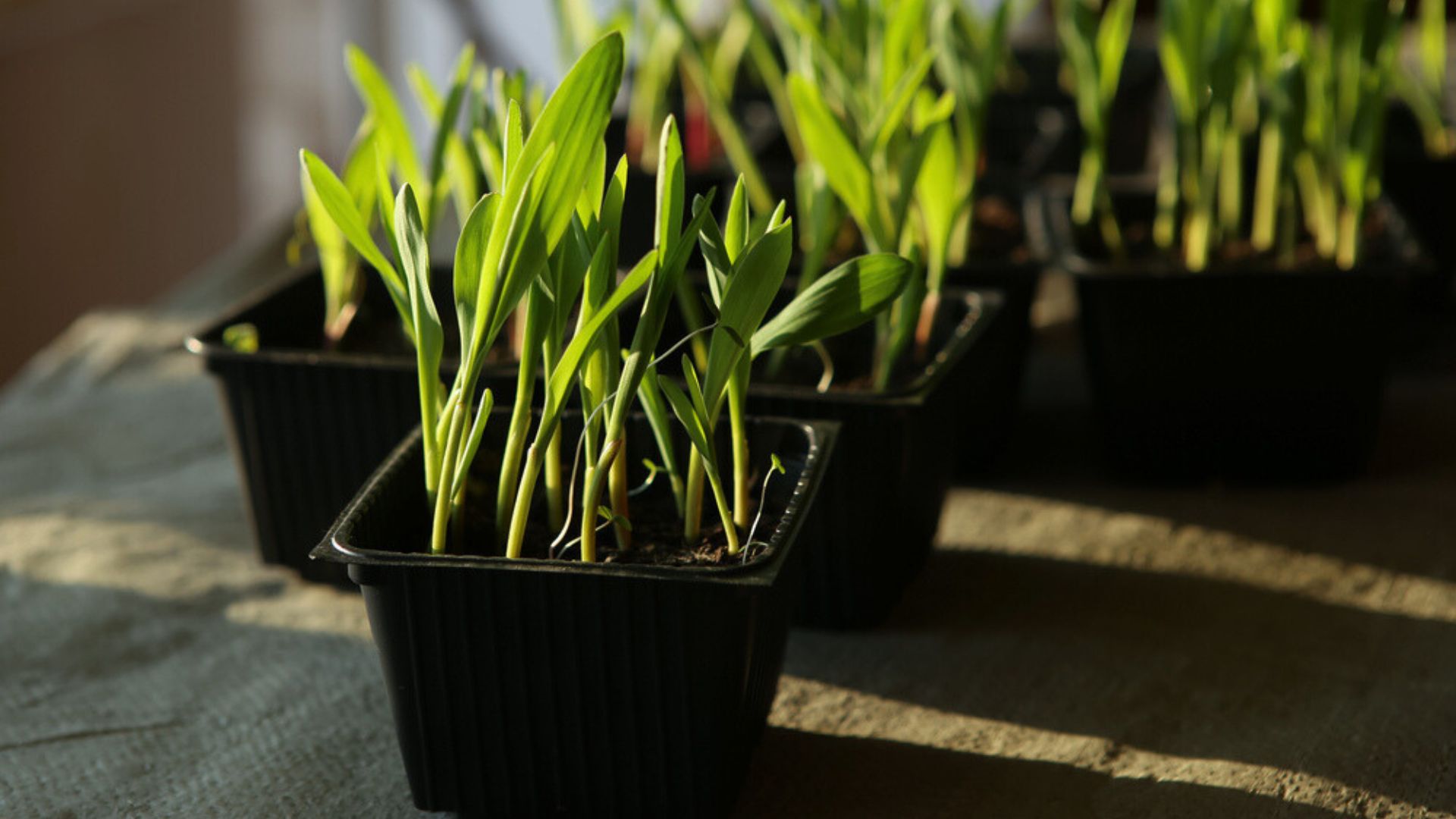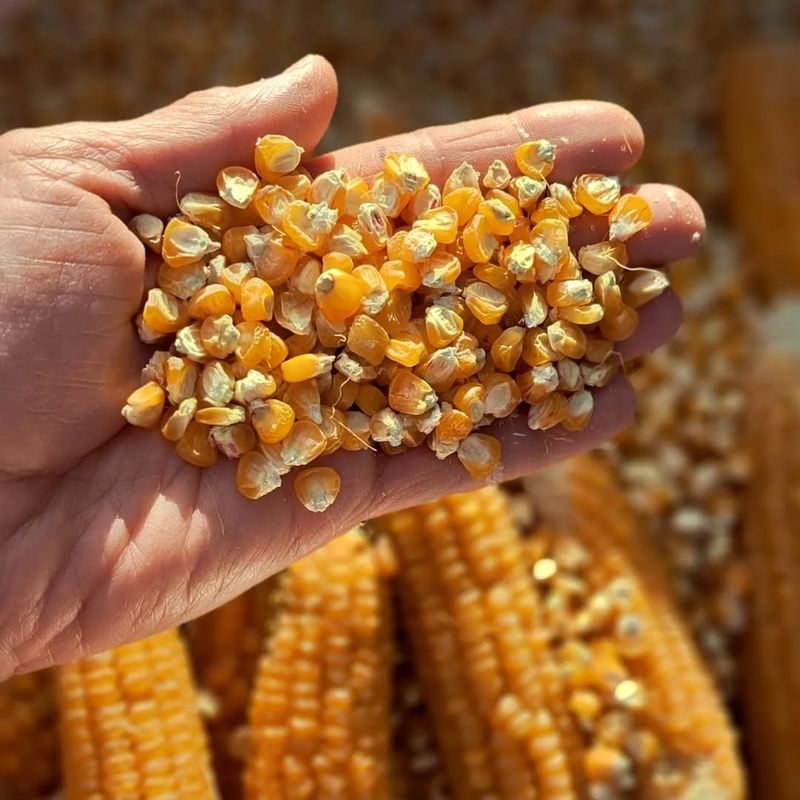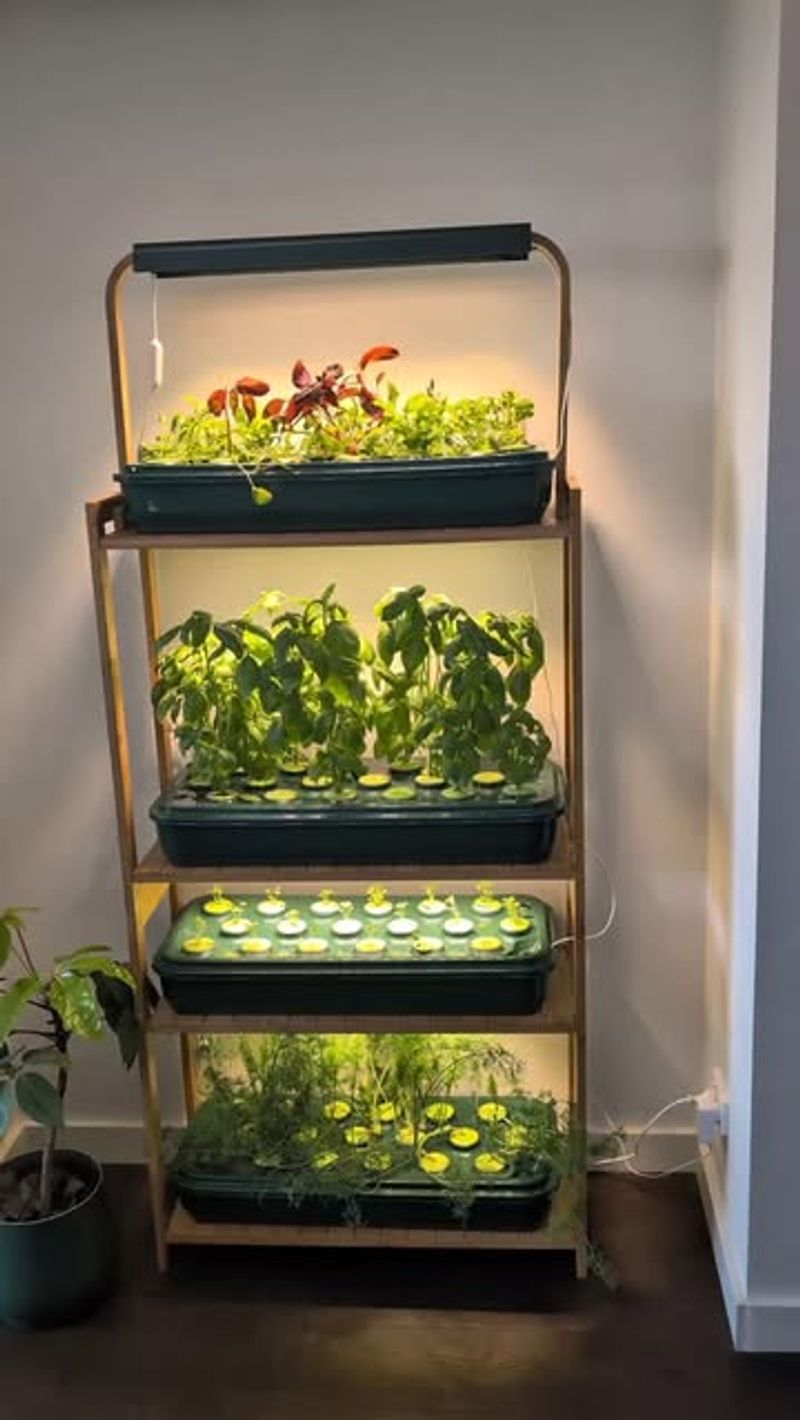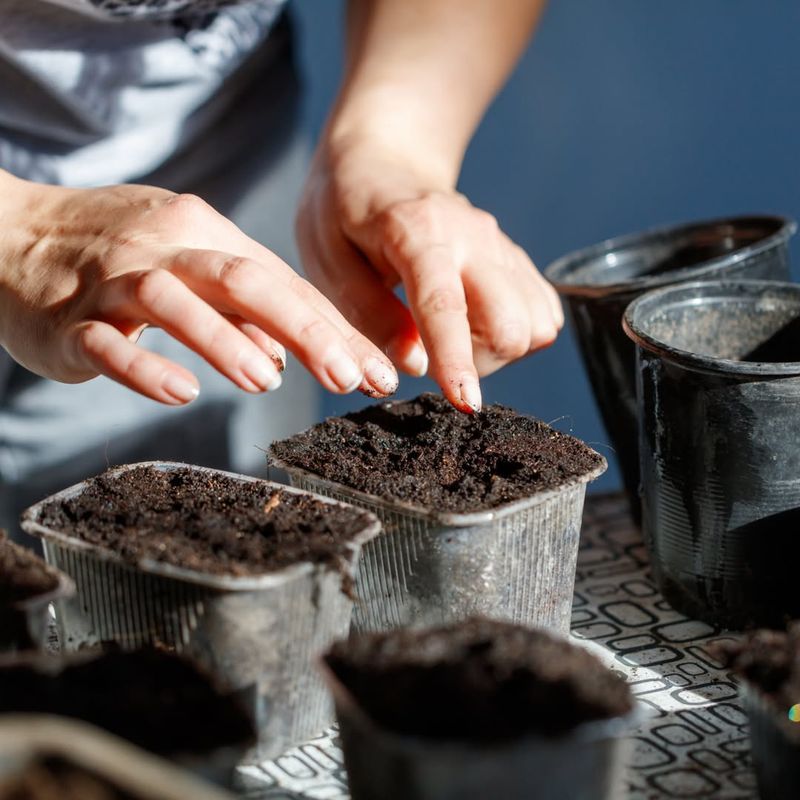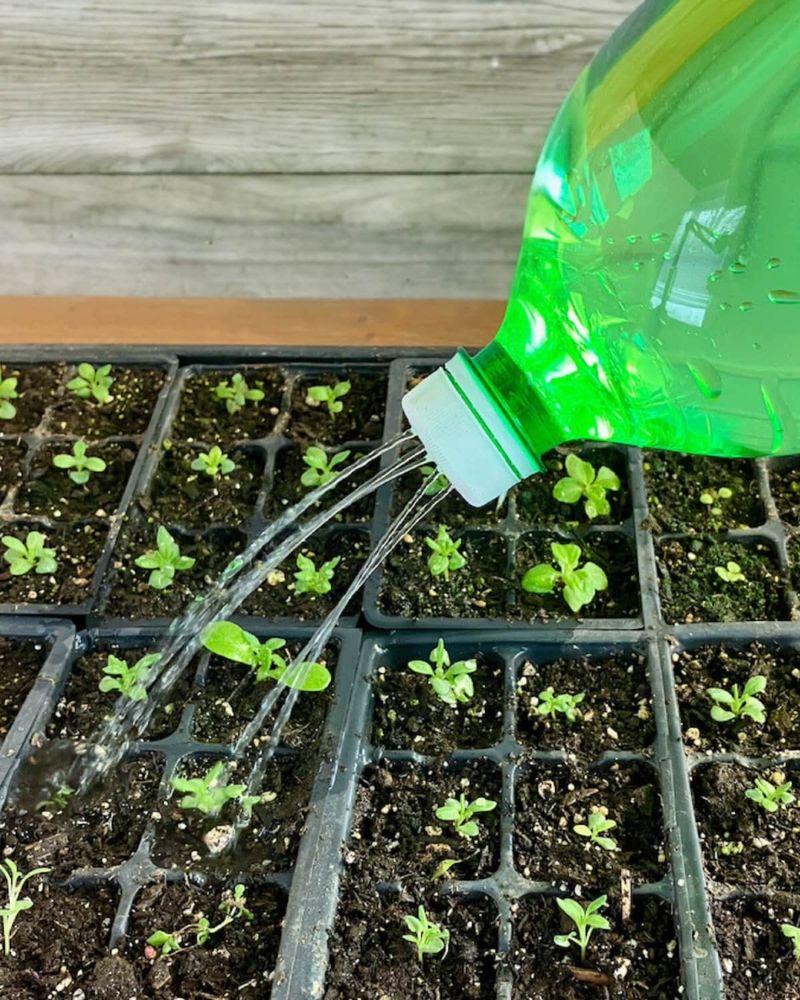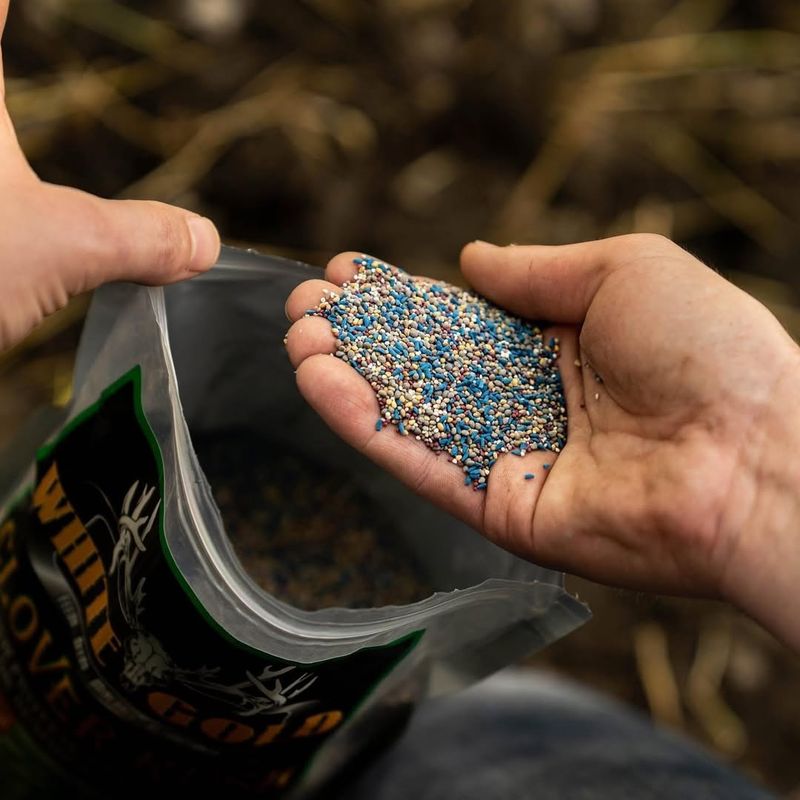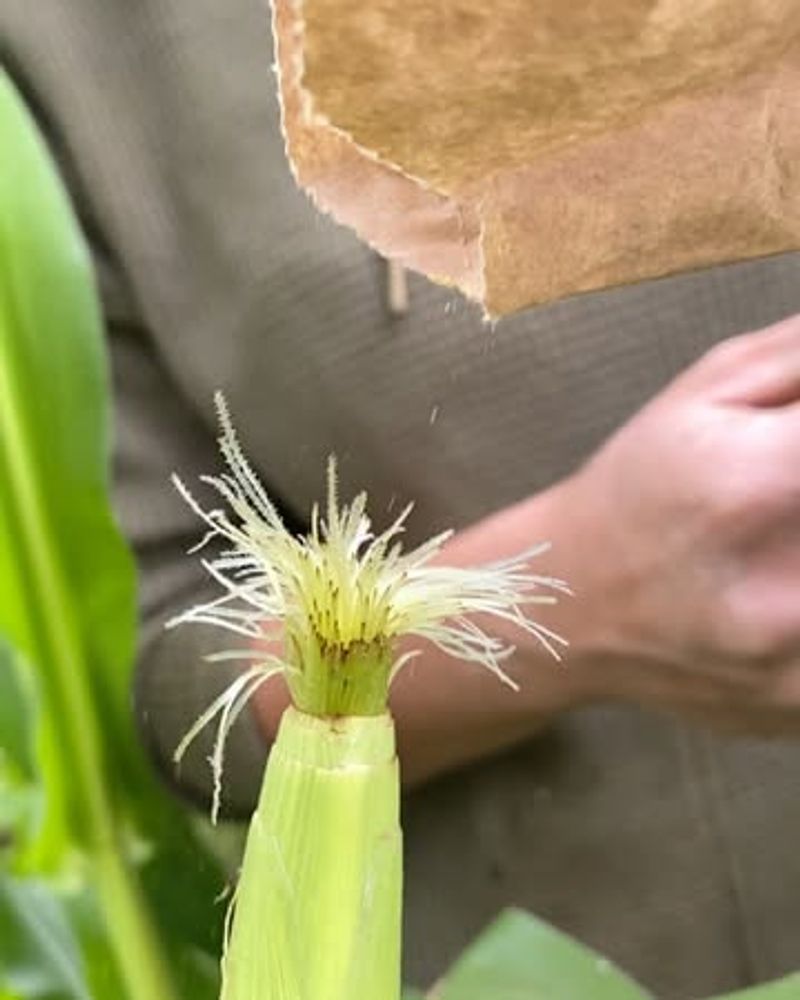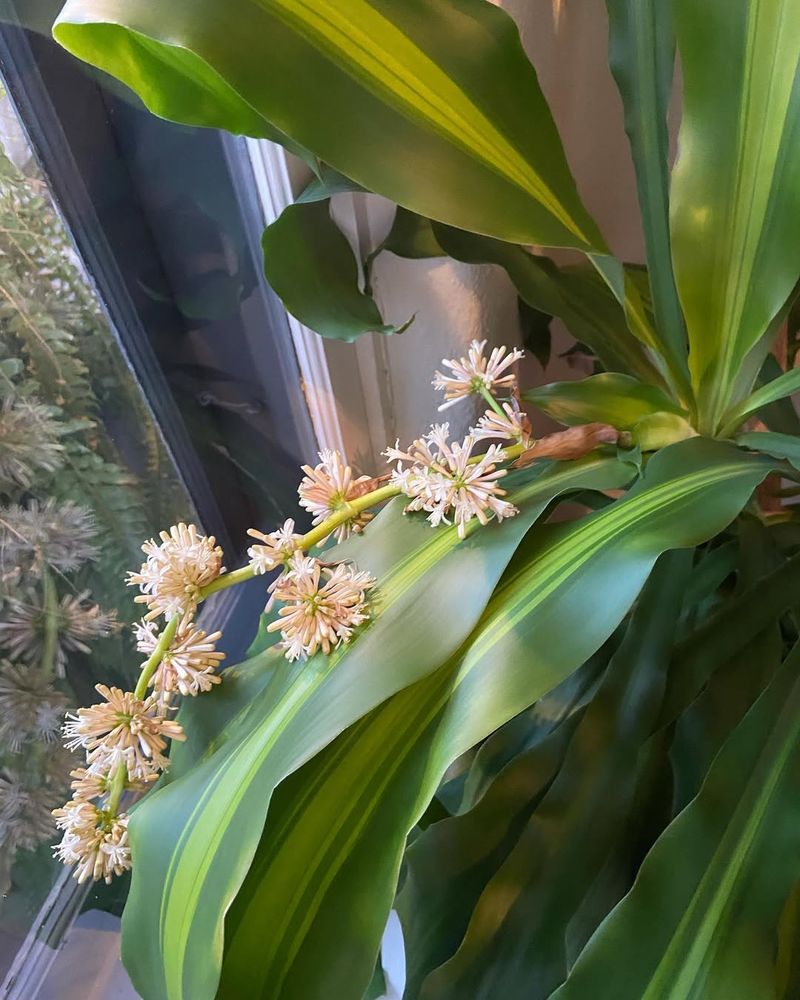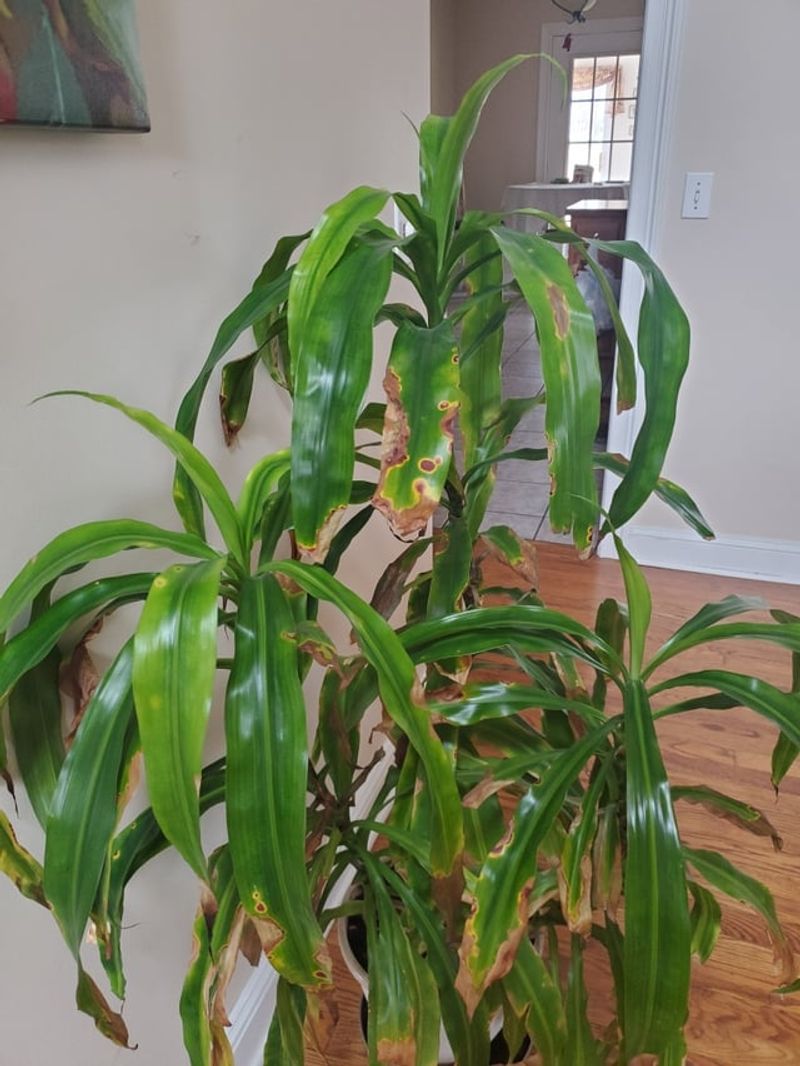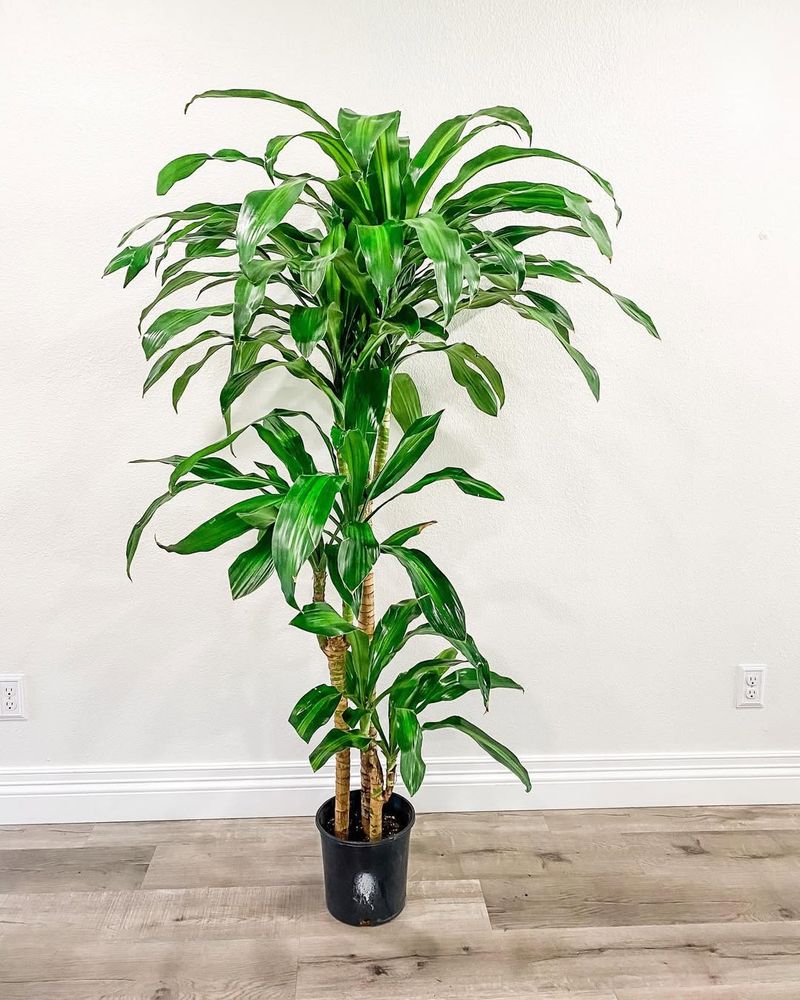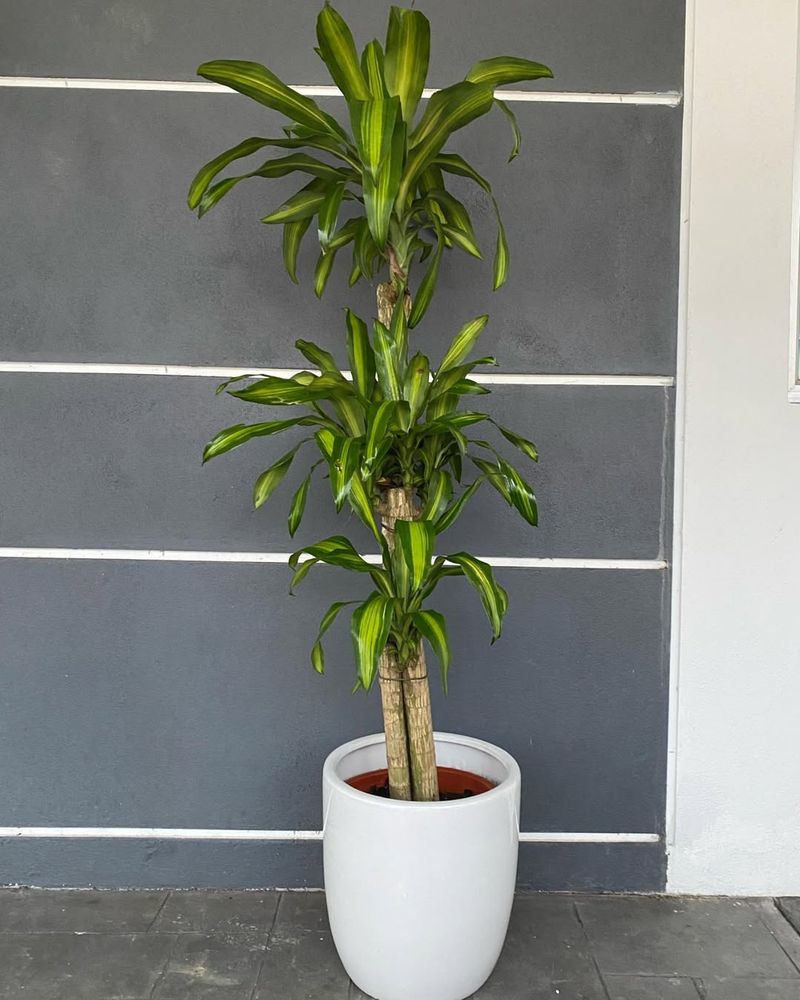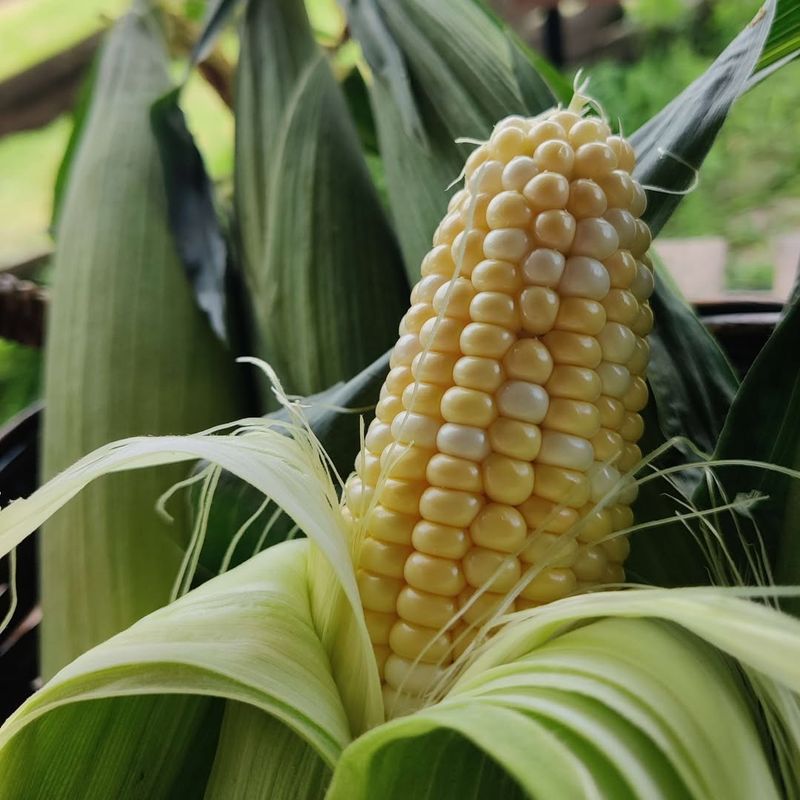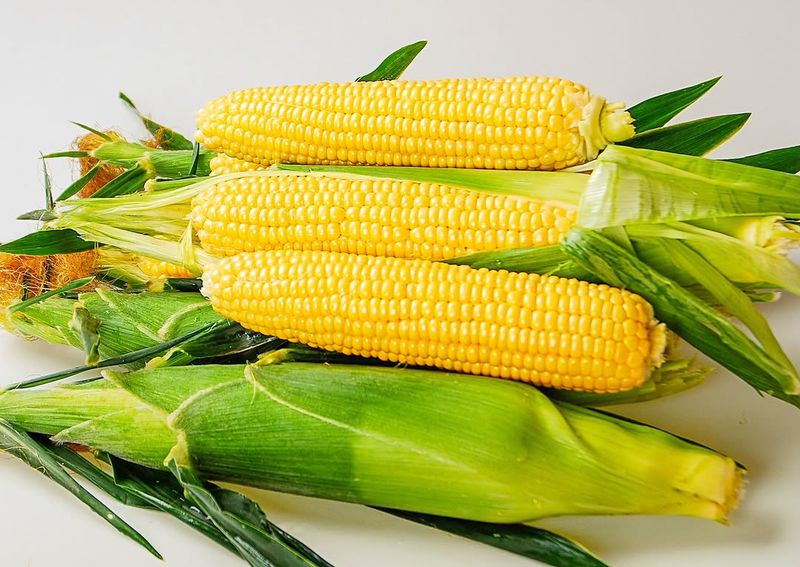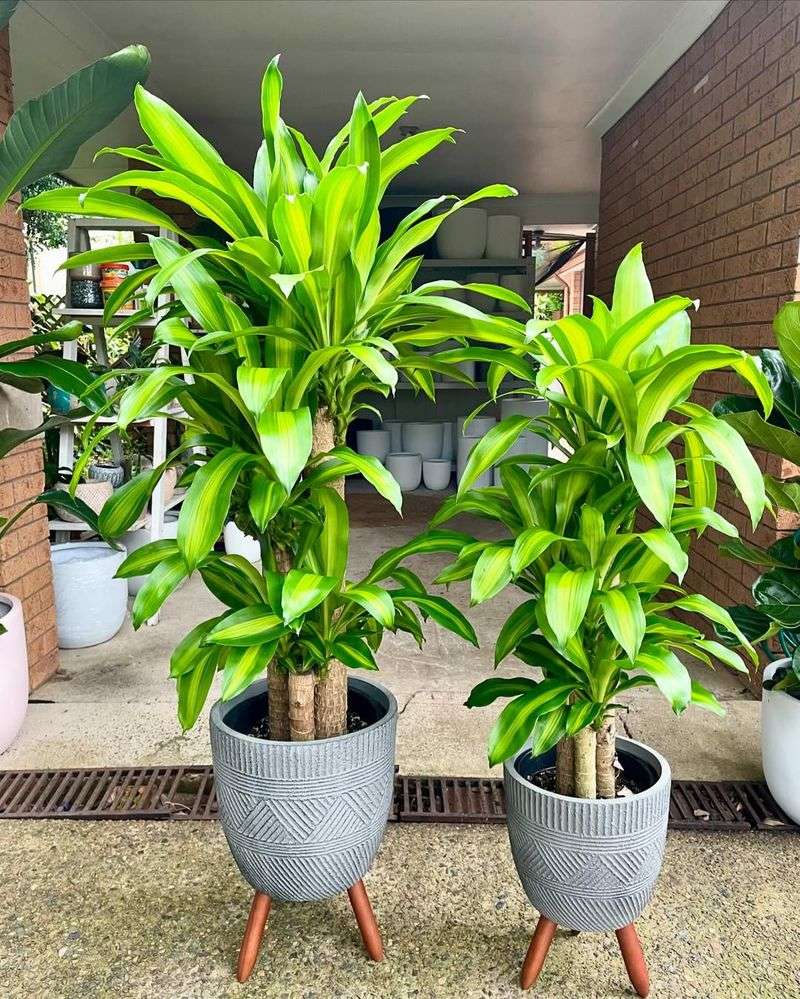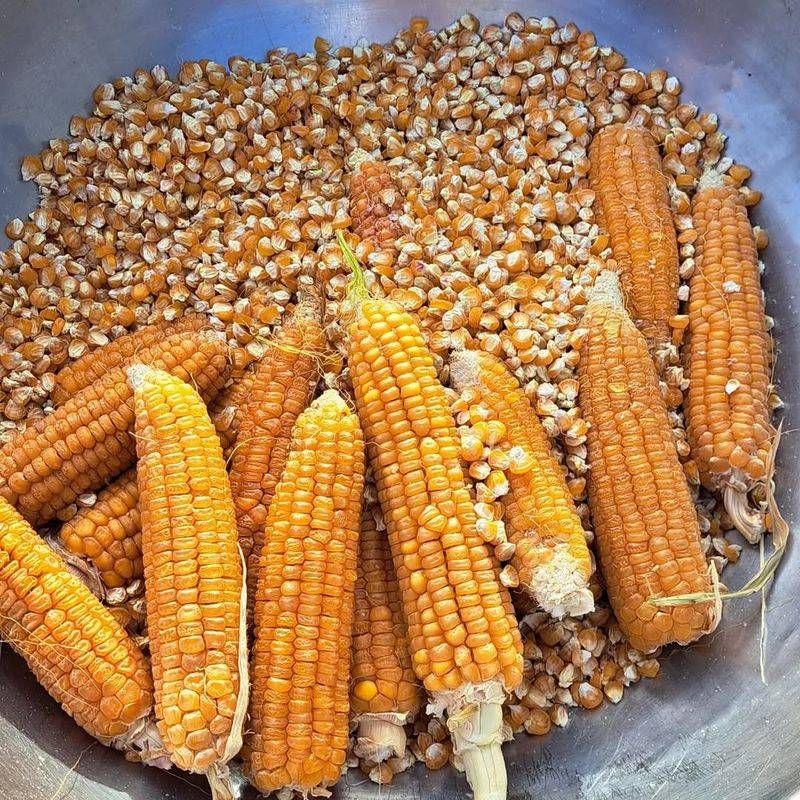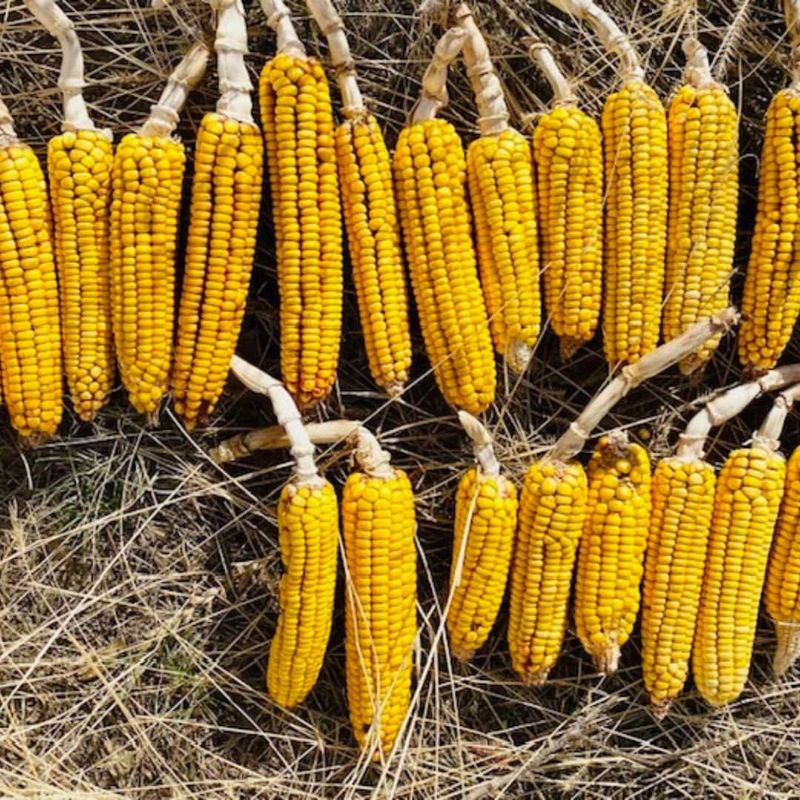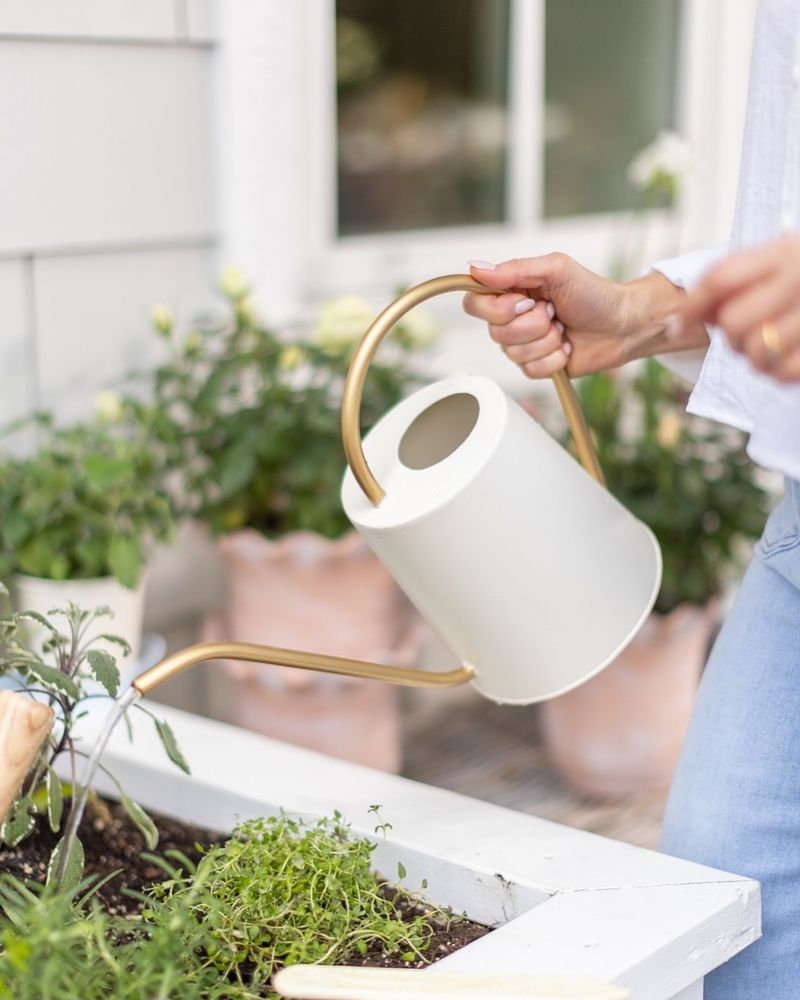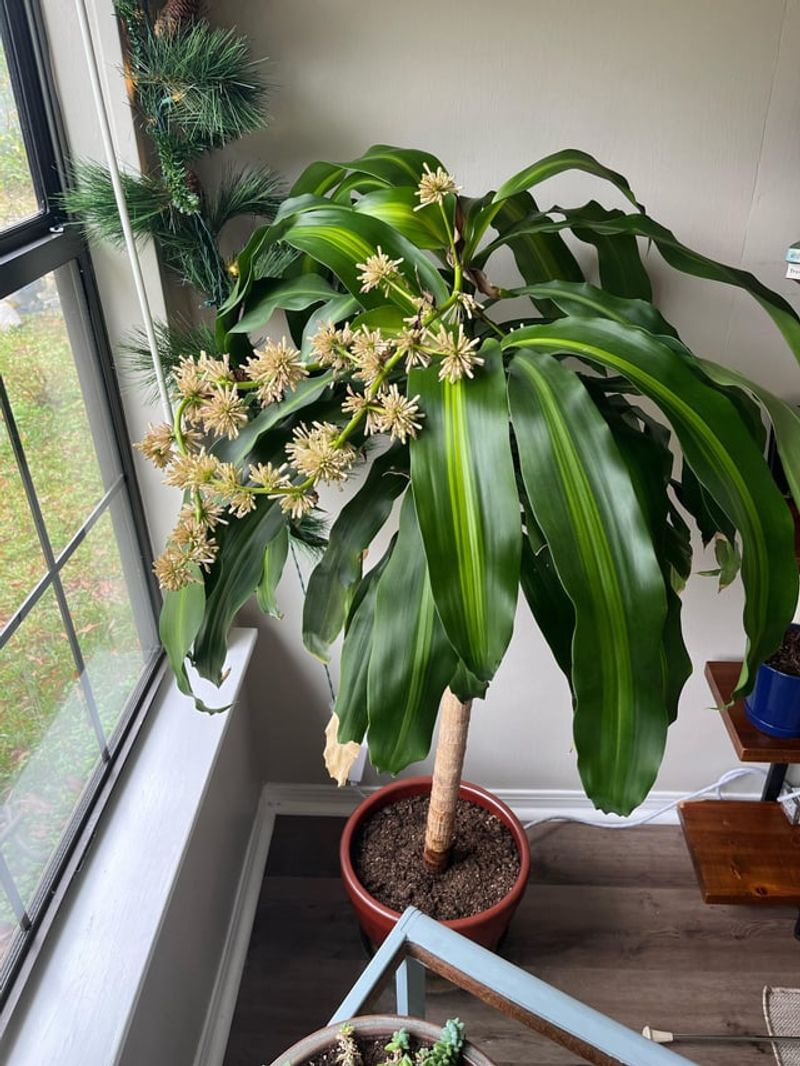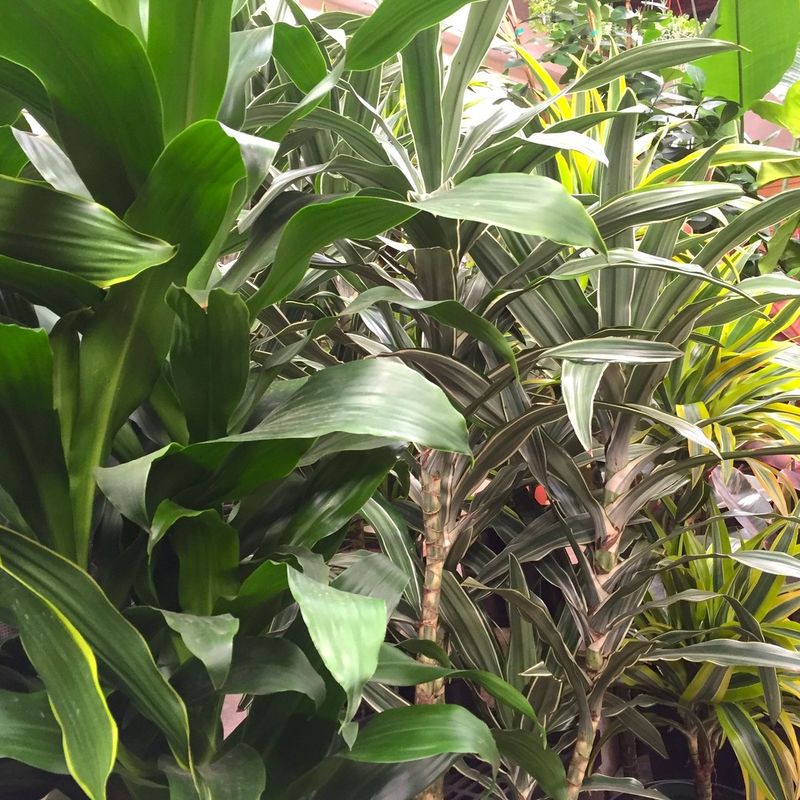Starting corn indoors isn’t just for expert gardeners—it’s a smart move for anyone who wants stronger stalks and a better harvest. Giving your organic corn a head start inside helps you avoid early weather issues, boost germination, and grow healthier plants overall.
It’s easier than you might think, and once you get the hang of it, you’ll wonder why you didn’t try it sooner. These 26 tips break it all down step by step—from seed prep to transplanting—so you can grow corn that actually thrives once it hits the garden.
1. Selecting the Right Seeds
Begin your corn-growing adventure by choosing the right seeds. The type of corn you select will determine the taste, size, and growing conditions. Sweet corn is a popular choice for indoor planting due to its rich flavor and manageable size. Plant breeders also offer dwarf varieties that fit well in small indoor spaces.
When choosing seeds, consider the climate of your indoor environment. Hybrid seeds often provide higher yields and disease resistance, while heirloom varieties can offer unique flavors and appearances. Be sure to read the seed packet carefully.
2. Preparing the Soil Mix
Believe it or not, the success of your indoor corn depends heavily on the soil. Corn thrives in well-draining soil rich in organic matter. A mix of potting soil, compost, and perlite creates the perfect environment.
The compost adds nutrients, while perlite ensures proper aeration. It’s essential to maintain a pH level of 6.0 to 6.8 for optimal growth. You can easily find soil pH testing kits at garden centers. Adjust the pH with lime or sulfur if necessary to keep your corn happy and healthy.
3. Choosing the Right Container
Your corn needs a cozy home, so selecting the right container is crucial. A large pot with drainage holes ensures that the roots have space to grow without drowning in excess water. A depth of at least 12 inches is ideal for healthy root development.
Containers made from breathable materials like terracotta offer excellent ventilation, while plastic pots retain moisture better. Consider the aesthetics as well; you’re going to look at this pot every day! Choose something that complements your home decor.
4. Setting Up Grow Lights
Light is life, especially for your corn. Since indoor environments often lack sufficient natural light, setting up grow lights is essential. LED grow lights are energy-efficient and provide the full spectrum of light needed for photosynthesis.
Position the lights about 6 inches above the plants. Adjust the height as the corn grows to ensure even light distribution. A timer can automate the lighting schedule, mimicking natural sunlight. Aim for at least 12 to 16 hours of light daily for robust growth.
5. Germinating the Seeds
Patience is key when it comes to germinating your corn seeds. Begin by wrapping them in a damp paper towel and placing the bundle inside a clear plastic bag. This creates a humid environment that encourages sprouting.
Keep the bag in a warm area, ideally between 70°F and 75°F, and check daily for signs of growth. Once tiny sprouts appear, your seeds are ready for planting. This method not only speeds up germination but also allows you to monitor each seed’s progress closely.
6. Planting the Seeds
Now comes the exciting part! Once your seeds have sprouted, it’s time to plant them in their new home. Make small holes about 1 inch deep in the soil, and gently place each sprout inside. Cover them with soil and water lightly to encourage root development.
Space the seeds about 4 to 6 inches apart to provide ample growing room. Proper spacing ensures that each plant receives enough light and nutrients. Keep the soil consistently moist but not waterlogged during this crucial stage.
7. Watering Your Corn
Keeping your corn hydrated is crucial, but overwatering can lead to root rot. Water your plants when the top inch of soil feels dry to the touch. Using a watering can with a narrow spout allows for precise watering at the base of the plants.
Monitor the humidity levels in your home, as dry air can increase water loss. If the air is too dry, consider using a humidifier or placing a tray of water near the plants. These simple steps will help keep your corn happy and hydrated.
8. Fertilizing the Plants
Feeding your corn is like giving it a boost of energy. Use a balanced, water-soluble fertilizer every few weeks, especially during the growing season. High-nitrogen fertilizers promote lush foliage, while phosphorus and potassium support root development and flowering.
Follow the instructions on the fertilizer package carefully to avoid overfeeding, which can harm the plants. Organic options like fish emulsion or compost tea are also effective and environmentally friendly. Proper fertilization encourages strong, healthy growth and bountiful harvests.
9. Maintaining Temperature and Humidity
Comfort is key for your corn’s growth, and that means keeping an eye on temperature and humidity. Corn prefers temperatures between 65°F and 85°F. Too cold, and growth slows; too hot, and the plants may wilt. Humidity levels should be around 40% to 50%.
If your home is too dry, use a humidifier or mist the plants regularly. Investing in a thermometer and hygrometer can help you monitor these conditions with ease, ensuring your corn is always comfortable.
10. Pruning and Thinning
A little trim goes a long way. Pruning and thinning help your corn plants focus their energy on producing strong stalks and healthy ears. Cut away weak or overcrowded stems, allowing the remaining plants to thrive.
Thinning should be done early in the growth stage. Space is essential for indoor corn, and adequate room allows for improved air circulation. Regular pruning keeps the plants healthy and reduces the risk of disease. Remember, a well-tended corn plant is a happy corn plant!
11. Pollinating the Flowers
When it comes to pollination, sometimes you need to give nature a nudge. Indoors, natural pollinators are absent, so you’ll need to lend a hand. Use a small brush to transfer pollen from the tassels to the silks, ensuring the development of kernels.
Do this every few days once the flowers appear. Hand-pollination mimics the work of wind and insects in nature, guaranteeing a successful harvest. Though it may seem tedious, this step is vital in producing delicious, juicy corn indoors.
12. Monitoring for Pests
Even indoors, uninvited guests like to make an appearance. Check your corn plants regularly for pests such as aphids and spider mites. Look for sticky residue on leaves or tiny webs, common indicators of infestations. If pests are detected, act quickly.
Neem oil or insecticidal soap can effectively control these nuisances without harming your plants. Regular monitoring ensures that any issues are caught early, keeping your corn healthy and thriving. Remember, vigilance is your best defense against unwanted visitors!
13. Supporting the Stalks
As your corn grows, it might need a little help standing tall. Supporting the stalks with wooden stakes or garden ties prevents them from bending or breaking under their own weight. Insert the support gently into the soil, being careful not to damage the roots.
Secure the stalks loosely to allow for natural movement. Proper support not only keeps the plants upright but also improves air circulation. Your corn will stand proud and strong with just a little assistance!
14. Dealing with Diseases
A sick plant is a sad plant, and diseases can quickly spread if not addressed. Keep an eye out for signs like discolored leaves or stunted growth. Fungal diseases are common, so use a fungicide regularly as a preventive measure.
For those preferring a natural approach, baking soda sprays can help control fungal issues. Regularly removing debris and ensuring proper air circulation reduces the risk of disease. Quick action keeps your corn healthy and ready to produce a bountiful harvest.
15. Providing Sufficient Light
Lighting is paramount, and your corn craves it. Ensure your grow lights are providing adequate coverage by adjusting their position as the plants grow taller. Reflective surfaces can enhance light distribution, reaching every part of the plant.
Regularly clean the lights to maintain their efficiency, and adjust the daily light duration according to the plant’s needs. The right light balance ensures robust growth and a healthy yield, proving that a little attention goes a long way.
16. Understanding Growth Stages
Learning the growth stages of corn helps you anticipate its needs. From germination to maturity, each phase requires specific care. During the vegetative stage, focus on providing nutrients and water. As the plant enters the reproductive phase, pollination becomes key.
Understanding these stages allows you to tailor your care, ensuring each step is met with the right conditions. This knowledge equips you to handle any challenges that arise, making you a more confident gardener.
17. Creating an Optimal Environment
Crafting the perfect indoor environment is like setting the stage for growth. Control elements like temperature, humidity, and airflow to mimic natural conditions as closely as possible. Using fans can improve air circulation, while adjustable lighting and heating maintain the ideal climate.
Regular monitoring ensures these conditions are stable, promoting healthy plant development. Creating this environment takes effort but rewards you with thriving corn plants that flourish in their indoor paradise.
18. Harvesting the Corn
The moment you’ve been waiting for! When the silks turn brown and the ears feel full, it’s time to harvest. Gently twist and pull the ears downward to remove them from the stalks. Check for plump, juicy kernels by peeling back a small section of the husk.
Timing is key; too early, and the kernels may be underdeveloped; too late, and they may lose sweetness. Enjoy the fruits of your labor, knowing that your hard work has paid off in golden, delicious corn.
19. Storing the Yield
After harvesting, proper storage keeps your corn fresh and sweet. Refrigerate the ears as soon as possible, ideally in a crisper drawer to maintain freshness. For longer storage, blanching the corn and freezing it preserves its flavor and nutrients.
This simple process involves boiling the corn briefly, then cooling it in ice water before freezing. Proper storage means you can savor your home-grown corn for weeks to come, prolonging the joy of your indoor gardening success.
20. Evaluating Your Success
Reflect on your corn-growing journey with pride. Evaluating your success helps you understand what worked well and what could be improved next time. Keep a journal to track challenges, solutions, and achievements.
This self-assessment provides valuable insights and prepares you for future gardening endeavors. Celebrate your accomplishments, learn from any mistakes, and look forward to your next indoor gardening adventure. Your efforts have nurtured not just plants, but a budding gardener, too!
21. Preparing for the Next Planting
Ready for another round? Preparing for the next planting season involves cleaning and organizing your tools and containers. Sterilize pots to prevent any lingering pests or diseases from affecting new plants.
Plan your next planting schedule based on your previous experiences, adjusting your approach as needed. With each cycle, you gain more knowledge and confidence. Embrace the opportunity to apply what you’ve learned, making your next indoor corn planting even more successful.
22. Experimenting with Varieties
Spice up your indoor corn garden by experimenting with different corn varieties. Trying new seeds can introduce unique flavors, colors, and textures to your harvest. Consider planting heirloom varieties for their historical significance and diverse genetic traits.
This experimentation keeps gardening exciting and offers a chance to discover new favorites. As you explore different varieties, you’ll develop a deeper appreciation for the diversity within the corn family. Each variety brings its own charm and challenges, making the gardening journey ever rewarding.
23. Understanding Nutrient Needs
Nourishment is the key to healthy corn. Understanding the specific nutrient needs of corn plants helps you provide the right balance. Nitrogen, phosphorus, and potassium are vital for growth, but micronutrients like magnesium and calcium also play crucial roles.
Consider using a complete fertilizer that includes these essential elements. Regular soil testing can help you adjust nutrient levels as needed. This understanding enables you to nurture robust plants, ensuring they have all they need to thrive indoors.
24. Balancing Watering
Striking the right balance with watering is crucial. While corn needs consistent moisture, overwatering can lead to rot. Using a moisture meter helps determine when it’s time to water. Avoid letting the soil dry out completely, especially during the peak growing stages.
Adjust your watering schedule based on environmental conditions and the plant’s needs. This careful balance ensures your corn receives just the right amount of hydration, promoting a healthy, thriving growth cycle.
25. Enhancing Aroma and Flavor
Adding a sensory element to your indoor corn growing can be delightful. Rubbing the leaves releases a sweet, grassy aroma that enhances the indoor gardening experience. The flavors of your corn can also be influenced by growing conditions.
Consider experimenting with different soil amendments or fertilizers to bring out unique flavors. This sensory exploration enriches your connection to the plants, making the harvest even more satisfying. It’s a reminder that gardening is as much about enjoyment as it is about cultivation.
26. Incorporating Companion Plants
Bring harmony to your indoor garden by incorporating companion plants. Beans and squash are classic companions that can enhance your corn’s growth. Beans fix nitrogen in the soil, benefiting corn’s nutrient needs.
Squash provides ground cover, reducing weed growth and retaining moisture. This symbiotic relationship mirrors natural ecosystems, creating a balanced growing environment. Companion planting not only boosts plant health but also enriches the biodiversity of your indoor garden.

